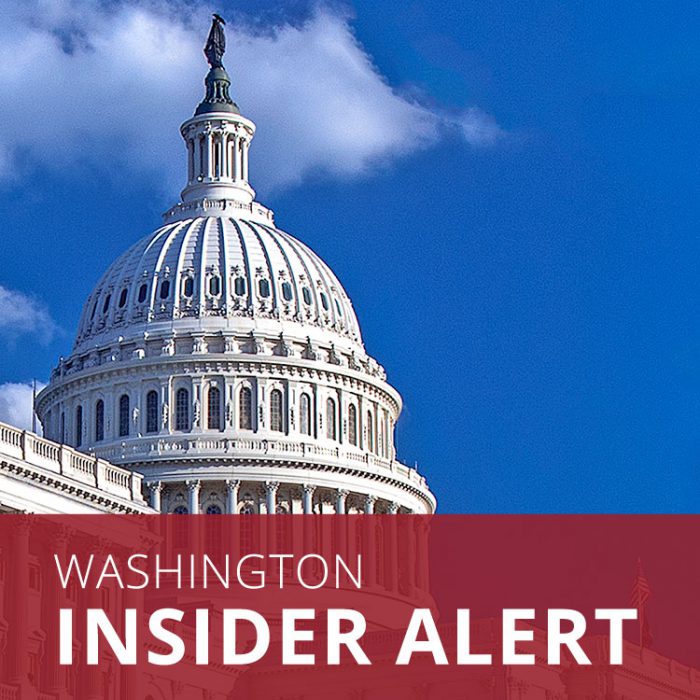DOL and IRS Issue April 1 Guidance on FFCRA Leave
 April 1, 2020 (WASHINGTON INSIDER ALERT) - On April 1, the Department of Labor (DOL), the Treasury Department, and the IRS issued additional guidance on the Emergency Paid Sick Leave Act and the Emergency Family and Medical Leave Expansion Act, both of which are part of the Families First Coronavirus Response Act (FFCRA). DOL’s Wage and Hour Division (WHD) released a temporary rule, while the IRS posted on its website an explanation of the refundable tax credits available to private sector employers required to provide leave under FFCRA. For more information on the paid leave provisions of the FFCRA, take a look at CUPA-HR’s Washington Insider Alert with a complete summary of the law.
April 1, 2020 (WASHINGTON INSIDER ALERT) - On April 1, the Department of Labor (DOL), the Treasury Department, and the IRS issued additional guidance on the Emergency Paid Sick Leave Act and the Emergency Family and Medical Leave Expansion Act, both of which are part of the Families First Coronavirus Response Act (FFCRA). DOL’s Wage and Hour Division (WHD) released a temporary rule, while the IRS posted on its website an explanation of the refundable tax credits available to private sector employers required to provide leave under FFCRA. For more information on the paid leave provisions of the FFCRA, take a look at CUPA-HR’s Washington Insider Alert with a complete summary of the law.
In addition to the rule, WHD’s website contains a number of compliance assistance materials related to FFCRA leave. These tools include a Fact Sheet for Employees and a Fact Sheet for Employers, and an expansive list of Frequently Asked Questions (FAQs). Neither the temporary rule nor existing guidance, however, address whether student employees count towards the 500-employee threshold implemented in the new law or whether such employees are eligible for FFCRA leave. CUPA-HR has asked WHD directly for guidance on this issue through multiple platforms and hopes to receive an answer soon.
In addition to the IRS explanation of the refundable tax credits for employers, the agency’s website provides a long list of answers to anticipated questions. Under FFCRA, private sector employers will get a payroll tax credit on qualified wages up to $511 per day for each employee who takes sick leave to self-quarantine or get a diagnosis, as well as a credit of up to $200 per day for workers caring for children or other family members who have been affected by the outbreak — public sector employers are not eligible for the tax credits.
CUPA-HR will keep members apprised of any regulations, guidance or laws regarding paid leave, as well as other COVID-19 related issues, that may impact the higher education community.
